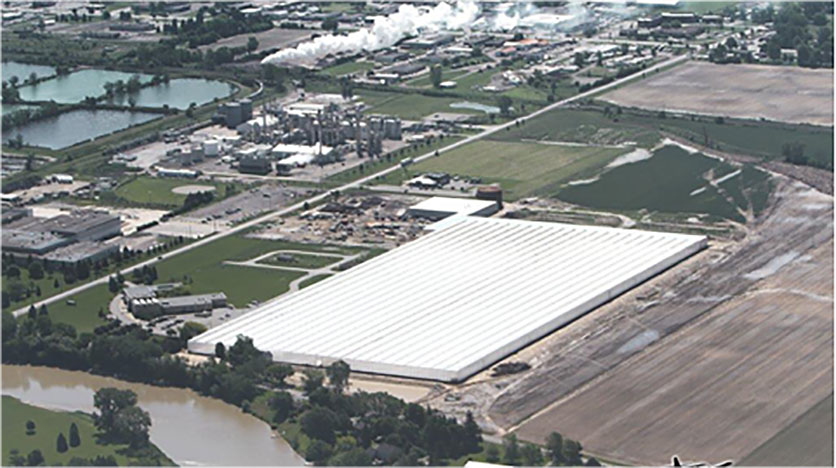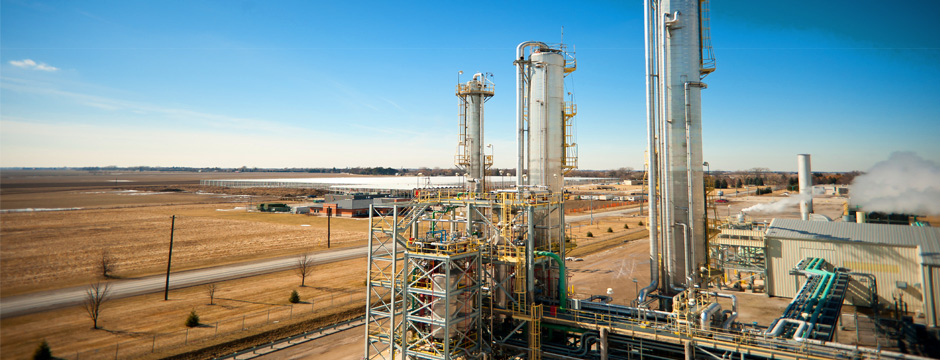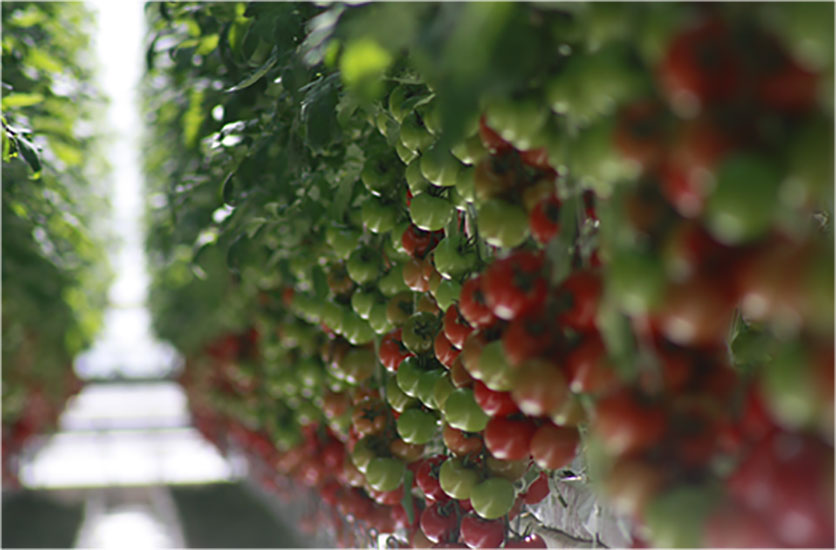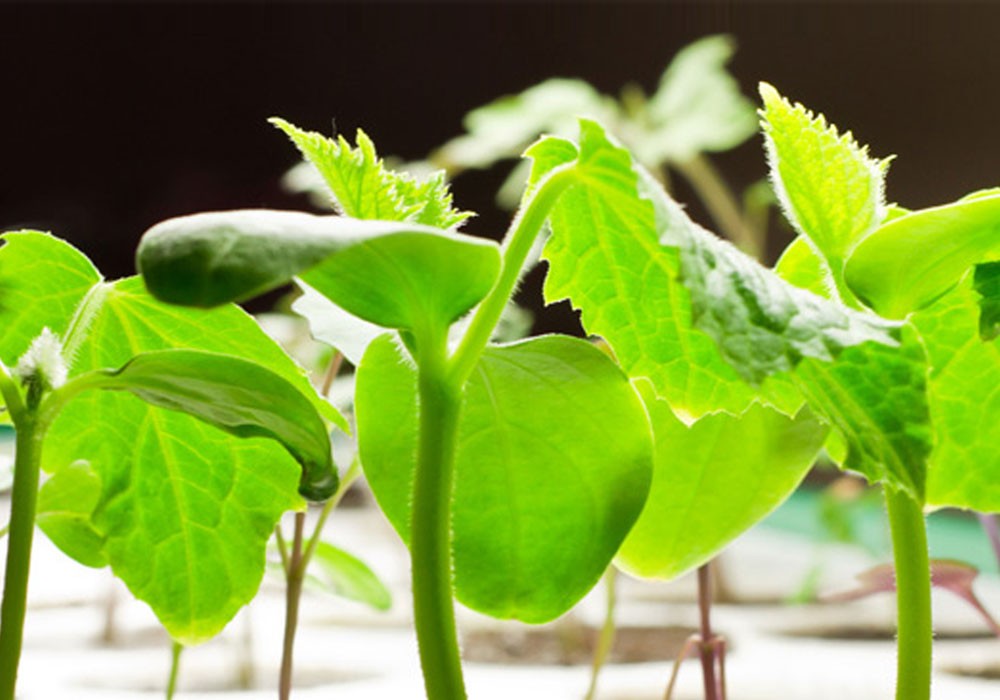Greg Devries and Hilco Tamminga had big plans.
Not the type of “big plans” friends talk about when there’s no intent of following through. No, it was how to use innovative technology to sustain a greenhouse the size of 61 CFL football fields.
Greg and Hilco wanted to build Truly Green Farms, a 90 ac. greenhouse in Chatham, ON., but they faced a few obstacles. Where would they find a heating source for an area that size and how would they keep their capital flexible enough to cover costs?

Greg and Hilco searched for a spot near the farm and greenhouse they operated – Cedarline Farms and Cedarline Greenhouse – in the Dresdon, ON. area but came up empty. Hilco even approached a nearby waste facility with an idea to harvest its methane gas emissions. However, because of the myriad gas types emitted from the facility, harvesting its methane was unlikely and unpleasant.
Then, a chance meeting in 2010 at Canada’s Outdoor Farm Show led to an opportunity.
“I began chatting with a guy from GreenField Ethanol and he said, ‘I wonder if we could get a greenhouse built across for our Chatham ethanol plant.’ That’s when the light went off,” says Greg.

A truly great, truly green opportunity
Greg wasn’t interested in GreenField’s ethanol; he was interested in the production process.
When GreenField extracts ethanol from fermented corn, it’s left with two by-products: corn grain used for livestock feed and carbon dioxide (CO2). Before farmers can use the grain, GreenField dries the feed using large driers that produce heat vapour.
Greenhouse pros can see the potential, but for the rest of us, let’s take a look at why this is a greenhouse operator’s dream.
How greenhouses work
Greenhouses require a heating source to grow produce year round. In the winter, boilers (natural gas or sometimes biofuel) heat water that’s distributed through pipes inside the greenhouse, which radiate heat. The heat provides an artificially warm climate that encourages growth. In the summer, when the weather is already warm, greenhouses use boilers for dehumidification, but at a much lower capacity.
An added perk to the natural gas boilers is their production of CO2. The CO2 is vital for growth since every known living organism on Earth is made up of carbon (and some combination of other elements).
Operators harness and then release the CO2 emitted from their natural gas boilers back into their greenhouse and boost yields.
Truly Green could capture GreenField’s vapour to heat its greenhouse and harness the CO2 by-product to enrich its produce, creating a super, high-yield produce machine.

Keeping capital for expansion
Greg and Hilco have 22.5 ac. of their proposed 90 ac. greenhouse development under production and the second phase is currently under construction. The operation grows tomatoes and harvests some of GreenField Ethanol’s CO2 emissions but hasn’t started capturing the plant’s waste heat yet.
With Truly Green, Cedarline Farms and Cedarline Greenhouse, Greg and Hilco are pretty busy. Each operation experienced growth recently, and they needed equipment to increase production. Rather than tying up their capital or using their lines of credit, they leased their equipment with Natalee (Nat) Pollard at CWB National Leasing.
“They’re not afraid to be leaders in their industry and I have known the guys for years,” says Nat with a smile. “Greg and Hilco are open to looking at all new ideas, just like leasing, that will strategically help them become more efficient. They always say, ‘There’s no such thing as a crazy idea or question. Put it on the table and we’ll see what we can come up with!’”
Working with Nat, Greg and Hilco freed up additional cash flow by leasing Truly Green Farms’ equipment in 2014. The capital will help them afford the innovative infrastructure that will capture GreenField’s waste heat and ultimately push the Canadian greenhouse industry forward, technologically.

“I’d rather put my dollars in a long-term asset like a greenhouse than buy equipment,” says Greg, for good reason.
The waste heat from GreenField Ethanol will help off-set Truly Green’s heating costs by 50 per cent – significant savings considering heating accounts for nearly 40 per cent of the greenhouse’s operating costs.
Going truly green
Operational benefits to using GreenField’s CO2 and waste heat are clear, but they weren’t the only reason Greg and Hilco took roots beside the ethanol plant. Capturing CO2 will reduce GreenField’s emissions, and by using the plant’s waste heat, Truly Green burns less fuel to heat its greenhouse. Eventually, Greg hopes to earn Carbon Negative Certification.
“Even though our tomatoes are red, we’re trying to grow a green tomato,” says Greg.
A future of innovation
Greg and Hilco are successful not only because of the ideal location of the operation but also because they are industry innovators.
From looking at alternative sources of heat in the by-products of an ethanol plant’s production process to utilizing alternative means of equipment financing through leasing, few things Greg and Hilco do are conventional.
“If we keep doing things the same way we’ve been doing them, we’ll be stuck in the dust,” says Greg. “What will keep our industry going is innovation.”
Truly Green will expand to 45 ac. by the end of 2015 and will start harvesting waste heat for the operation in 2016. They expect to expand the greenhouse to its full 90 ac. in 2022 and CWB National Leasing will be right there with them.
- Share
← Previous Story
Next Story →
Financing made easy.
Contact us and we'll call you right away
